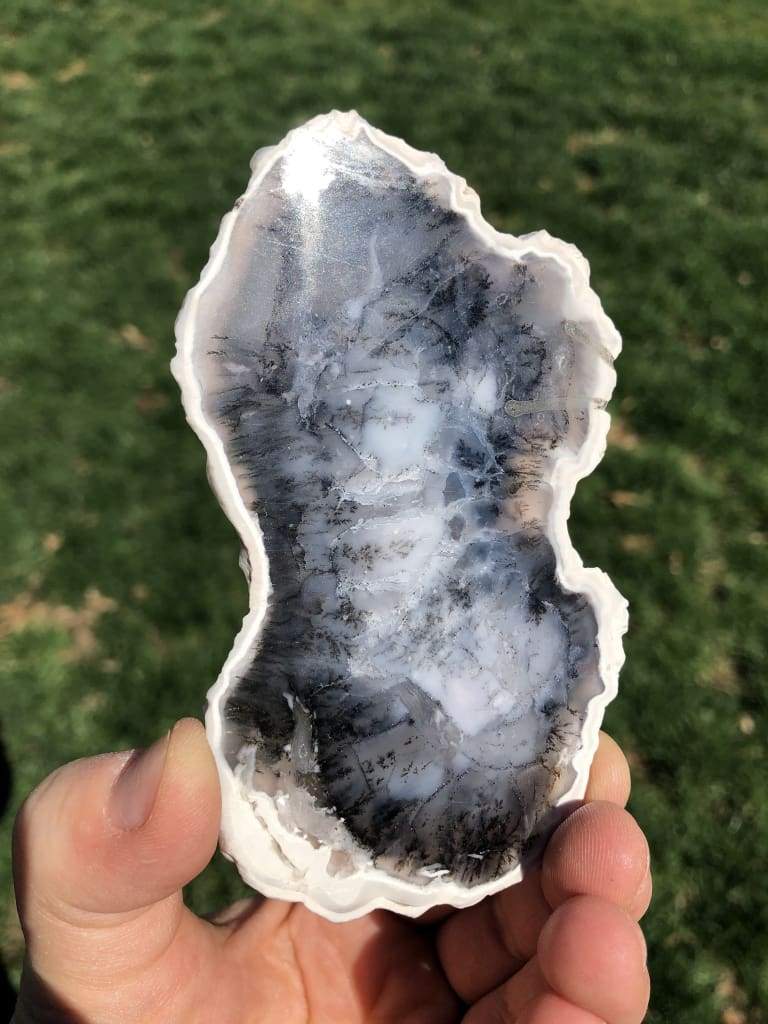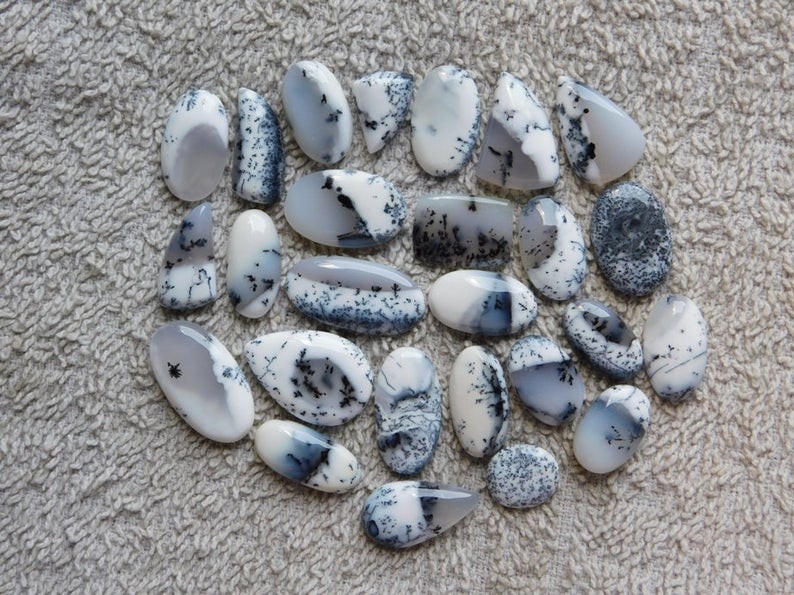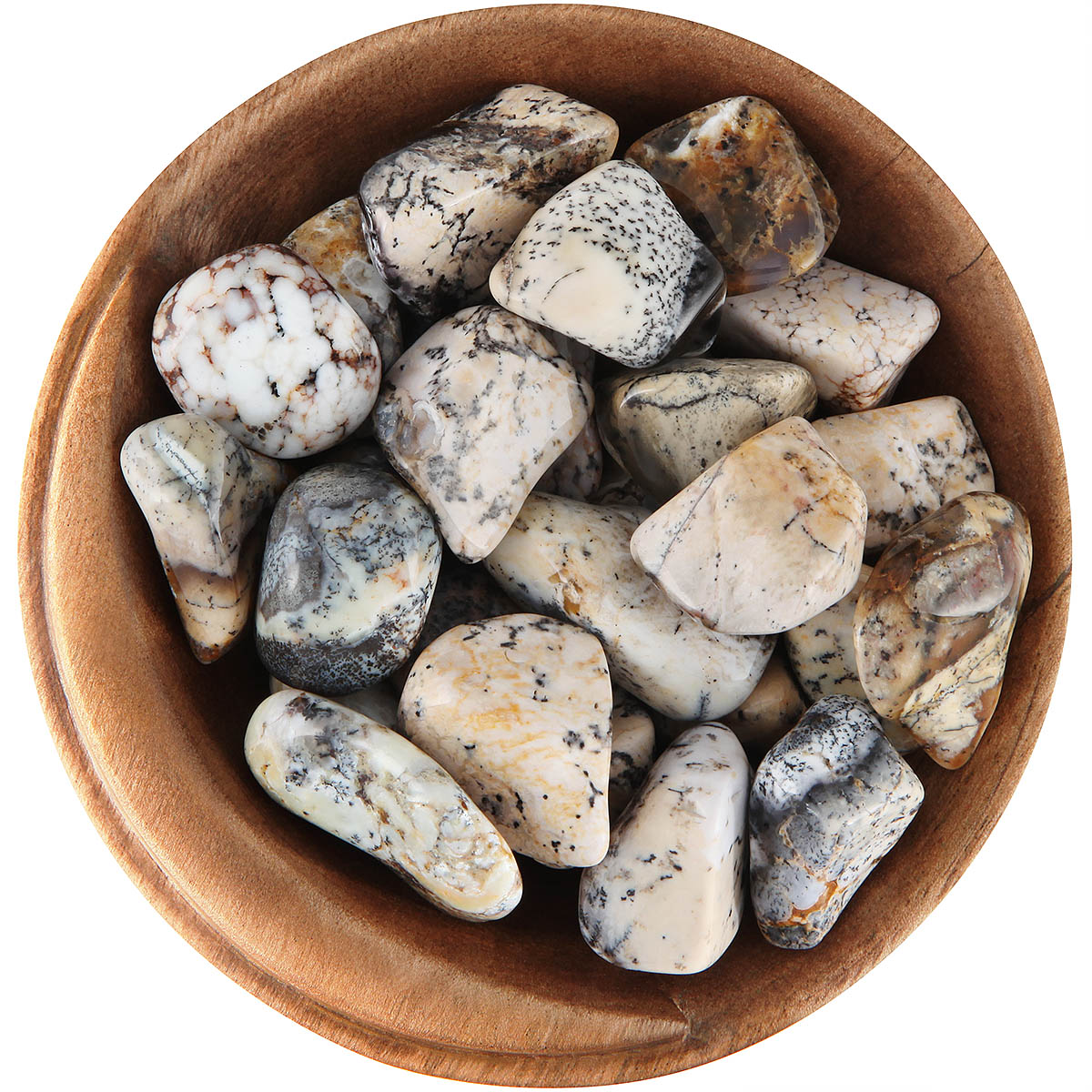Dendritic Agate the name of this comes from the Greek language from word tree that exhibits organic due to their offset like shapes. These are inorganic segments of Iron and Manganese. Oftentimes, Dendritic Agates also may have inclusions of speckled groups besides the branching framework. In the history of Dendritic Agates, these are also recognized as Mosquito Stone. This is can be seen as analogous to moss opal cause that also has the inclusion of Dendrites.
Dendritic Agates are also called the stone of Plenitude. This is supposed to have connectivity with human growth, sufficiency, flourishing, and aspect of life. These Agates have 6.5 to 7 hardness power on moh’s scale, and comes on its specific gravity i.e. 2.59 to 2.67. It does not have any fissure because it has the inclusion of Silicon dioxide and other different branching dendrites.
In order to its appearance then it is found glassy to opaque, and in glassy appearance these seem very glittering that tempt to people much. The composition of dendrite that pertakes landscapes that are very short in supply, most desirable. These Agates have an ingenious plain-cut even cabochon cut is very popular, and more apart from these, you can attain these in shapes like encircles, ovals, pears, and many traditionary structures.
Dendritic Agates can be found in many countries in the world. The primary source of genesis this Gemstones are Brazil, India, Australia, China, Mexico, Madagascar, Kazakhstan, Namibia, Mongolia, Uruguay, and Rushia. Besides these countries, it can be highly derived from the Unites states that also have huge deposits of it. The brand of this Gemstone came from the ancient Sicily where it was primarily stationed. The quest of these Agates is believed with the name of an individual, Theophrastus (Philosopher) who got this around the Achates river.
Dendritic Agates are also mined from India, and it indicated as Mocha stone, and about its name a prior carriage system is supposed via Arabian Harbor of Mocha. It can be arduous in cutting because of dendrite shapes at distinct depths. This extremely seems distinct from the usual Agates and quartz. It was found in covered (with hood) shapes, very lengthy, skinny, and toned components at its origin spots.



No comments:
Post a Comment